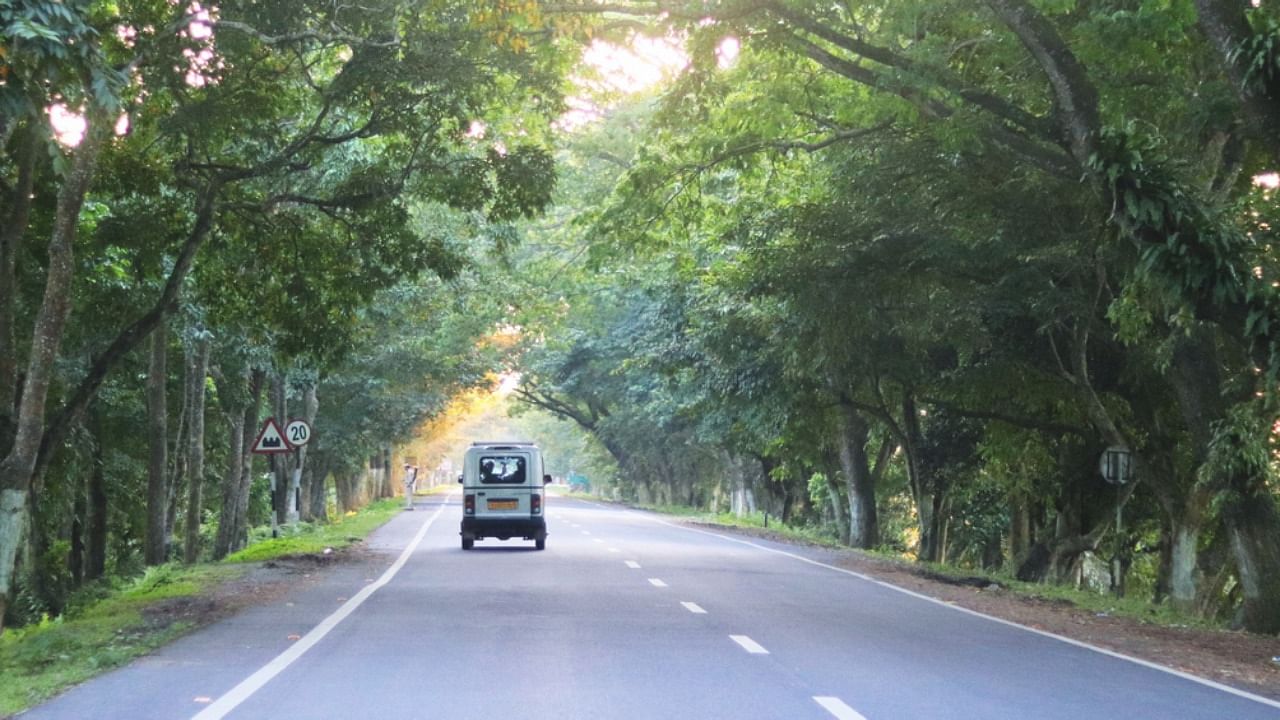
Every year, during floods, wild animals being killed by vehicles near Assam’s Kaziranga National Park make headlines. But similar vehicle-hit killings on the stretch of NH-715 that passes through the national park, happens throughout the year.
A study conducted by a team from Gauhati University found that 6,036 animals of 53 species were killed in vehicle hits during 2016 and 2017. The study found that 60.29 per cent (3,639) of the road kills were amphibians followed by reptiles (1,281), birds (596) and mammals (520).
“The common Indian toad (Duttaphrunus melanostictus) was found to be most killed at 54.77 per cent (1993) among the two species and three other taxa of amphibians. Killing of the oriental garden lizard was the second highest (213) followed by buff striped keelback (142), checkered keelback (101), among the 23 species, and nine other taxa of reptiles,” stated the report.
Among the birds, highest mortality (142) was found in common myna (Acridotheres tristis) and rats (293) among six species and seven other taxa of mammals, the report said.
The survey was conducted by the team of Dr Malabika Kakati Saikia and Prasanta Kumar Saikia, two teachers of Animal Ecology and Wildlife Biology Department of Gauhati University, and Somoyita Sur, a research scholar.
“Although the survey was carried out during October 2016 and September 2017, killings of wildlife in the highway stretch continues,” Prasanta Kumar Saikia told DH on Tuesday.
The survey team conducted 144 road trips on the 64-km stretch of the NH-715 between Bokakhat and Ghorakati in eastern Assam’s Golaghat district. Most of the deaths (63.6 per cent) were reported during the flood season (April to September), when animals and other wildlife rush to the Karbi Anglong Hills to avoid floods in Kaziranga.
Many animals are mowed down by vehicles plying on the highway that runs almost parallel to the Karbi Anglong. While the rhinos, elephants and other animals drown in the flooded Kaziranga, many hog deer, wild boar and some other animals are killed on the highway.
At least eight animals have died in the current floods and vehicle hits, while 10 others have been rescued so far.
To prevent more wild animals becoming roadkill, the Assam Forest Department has already imposed a 40-kmph speed limit on the stretch, and installed animal sensor cameras to prevent deaths of wildlife on the highway stretch.
A UNESCO World Heritage site and one of the major tourist attractions due to it being home to the iconic one-horned rhino population—2,613 as per the 2022 Census—Kaziranga National Park is sandwiched between the Brahmaputra river and Karbi Anglong hills.
The Assam government has also decided to construct a 35-km-long elevated corridor on the stretch of the highway, in order to offer a safe passage to wild animals from Kaziranga.